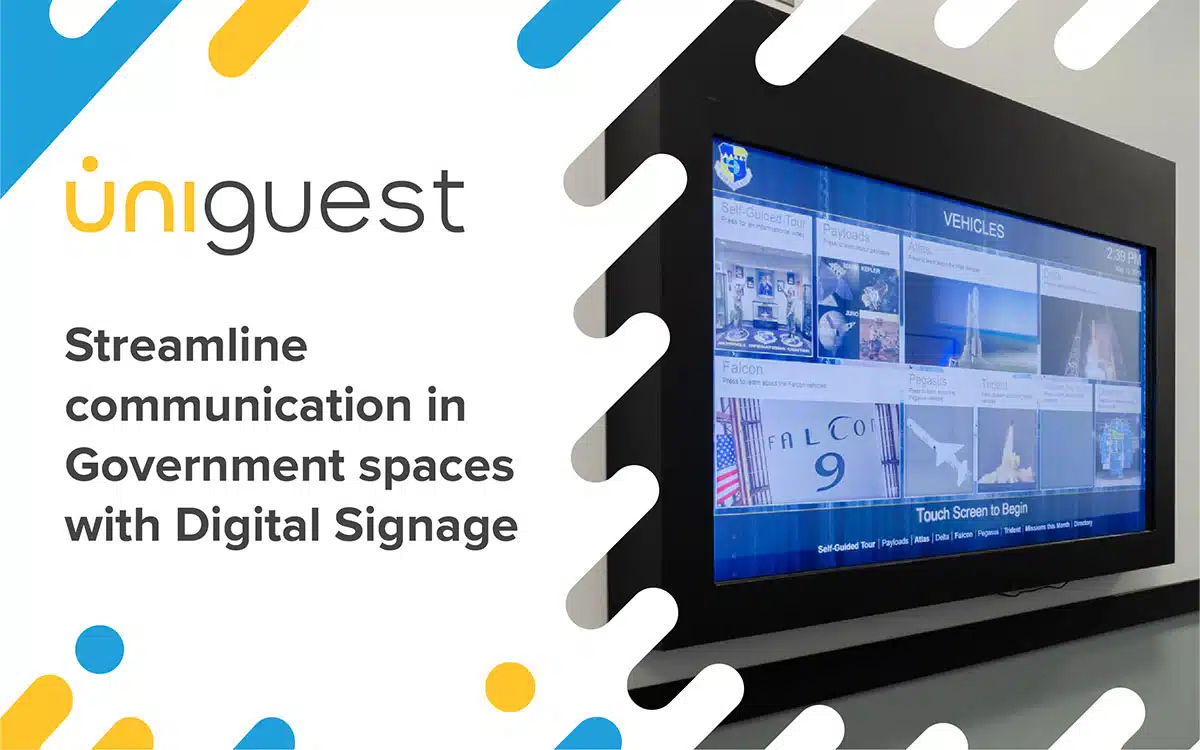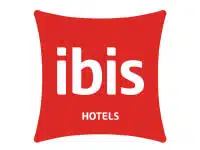
Der Einsatz von Digital Signage wird in öffentlichen Einrichtungen immer beliebter, da es eine dynamische und ansprechende Möglichkeit darstellt, Informationen an ein beliebiges Publikum zu vermitteln. Ganz gleich, ob Sie Mitarbeiter, Besucher oder Gäste ansprechen möchten, die Digital Signage-Technologie bietet zahlreiche Vorteile für Kommunikationsteams in Behörden. In diesem Blog-Beitrag werden wir einige der wichtigsten Vorteile und Anwendungsfälle des Einsatzes von Digital Signage zur Verbesserung der Kommunikation in öffentlichen Einrichtungen untersuchen.
Verbreitung von Informationen in Echtzeit:
Digital Signage in Regierungsgebäuden hat den entscheidenden Vorteil, dass es Informationen in Echtzeit aktualisiert. Diese Technologie ermöglicht eine schnelle und mühelose Aktualisierung von Nachrichten, Ankündigungen und Änderungen auf dem Display, wodurch sichergestellt wird, dass die Menschen immer gut informiert sind. Darüber hinaus sorgen manuelle und automatische Ereignisauslöser dafür, dass alle Bewohner eines Gebäudes im Notfall sofort informiert werden können.
Verbessertes Engagement:
Mit Digital Signage lässt sich das Engagement und die Aufmerksamkeit der Besucher leicht steigern. Diese Technologie ermöglicht die Anzeige von Videos, Bildern und anderen multimedialen Inhalten, die fesselnder sind als herkömmliche textbasierte Kommunikation, wobei die Bewegung eine Schlüsselkomponente ist, um die Aufmerksamkeit der Zielgruppe auf sich zu ziehen und den menschlichen Instinkt zu nutzen. Ist die Aufmerksamkeit erst einmal geweckt, können Sie wichtige Botschaften vermitteln, zum Handeln auffordern und einen aktiven Kontaktpunkt für die Betrachter schaffen.
Kostengünstig:
Die Kommunikation in Regierungsgebäuden kann durch den Einsatz von Digital Signage, einer kosteneffizienten Lösung, effizient erleichtert werden. Sobald das Display eingerichtet ist, können Aktualisierungen des Inhalts problemlos und ohne zusätzliche Kosten vorgenommen werden, die über die Zeit hinausgehen, die für die Erstellung neuer Layouts, Grafiken oder Videos benötigt wird. Darüber hinaus reduzieren Digital Signage-Installationen die Druckkosten für Plakate und Flyer und verringern die Abfallmenge und den physischen Aufwand für den Austausch und die Entfernung.
Verbesserte Zugänglichkeit:
Es ist möglich, Digital Signage so zu gestalten, dass es für Menschen mit Behinderungen zugänglich ist. Durch den Einsatz von gut positionierten Displays mit kontrastreichen Farben und größeren Schriftarten können die angezeigten Informationen leichter verstanden und gelesen werden. Digital Signage kann auch für die Kommunikation mit Sprechern mehrerer Sprachen verwendet werden, indem der Benutzer durch Berühren die Sprache seiner Wahl auswählen kann. Diese Funktionalität stellt sicher, dass jeder die Informationen verstehen kann, unabhängig von der Muttersprache.
Verbesserte Wegweisung:
Der Einsatz von digitaler Beschilderung kann die Wegfindung in Regierungsgebäuden, eigentlich in jeder Einrichtung, verbessern. Besucher können sich einfach auf dem Gelände bewegen und die benötigten Informationen oder Abteilungen finden, indem sie die auf den digitalen Displays angezeigten Karten und Wegbeschreibungen betrachten. Eine gut geplante Mischung aus statischen Schildern, Verzeichnissen und interaktiven Karten schafft ein Netzwerk, das es den Besuchern ermöglicht, ihren Weg zu finden, ohne auf die Hilfe Dritter angewiesen zu sein.
Die Integration von Digital Signage in eine Immobilie bietet zahlreiche Vorteile für die Kommunikation in Behörden. Sie können sofort Informationen liefern, das Engagement steigern, Kosten senken, die Zugänglichkeit verbessern, effektiv mit Nicht-Englisch-Sprechern kommunizieren, die Wegfindung erleichtern und personalisierte Nachrichten übermitteln. Durch die Integration von Digital Signage in ihre Kommunikationspläne können Regierungsgebäude das Besuchererlebnis verbessern und die Effizienz der Kommunikation steigern.









